tensorflow
Latest
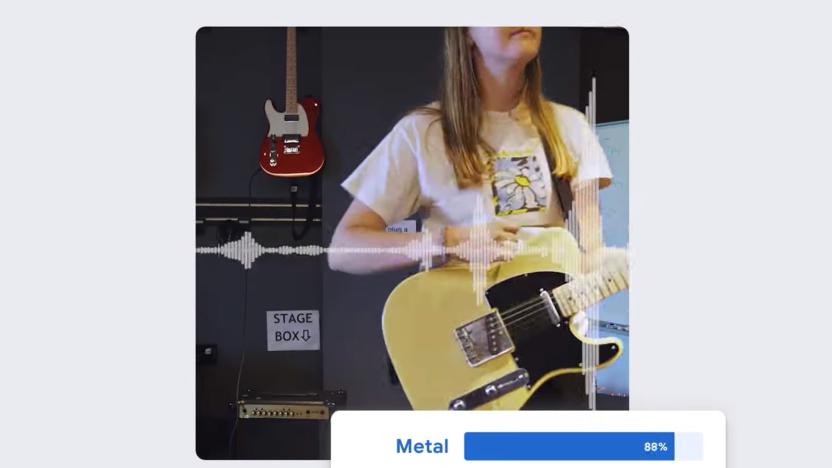
Google's AI education tool makes it easy to train models for your projects
Google's Teachable Machine is no longer just a handy lesson in AI -- you can now put it to work. The tech giant has launched Teachable Machine 2.0 with the ability to use your machine learning model in apps, websites and other projects. You can upload your model if you need it to work online, or save it if you'd rather have it on-device. You could create your own Not Hotdog app without having to craft an AI system by hand.
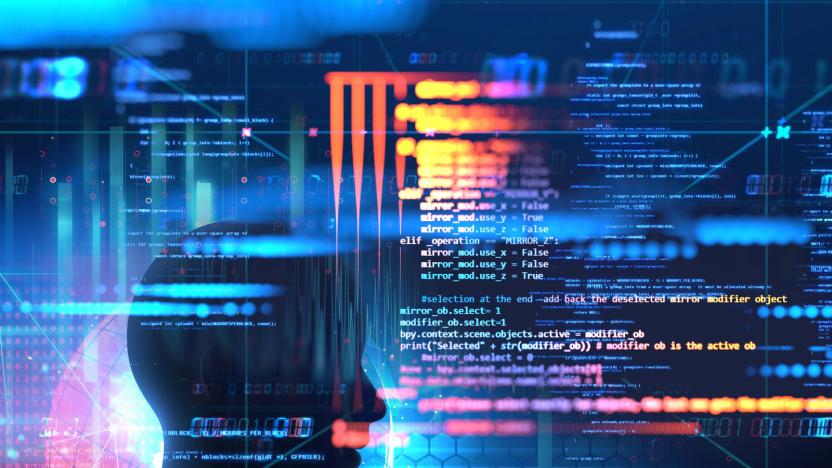
Google is sharing a tool to keep your data anonymous from AI
Today, Google released TensorFlow Privacy, an open-source tool that will help keep your data anonymous, even as AI learns from it. The now-public code is based on differential privacy. That's what allows Gmail's Smart Reply to guess what you're going to say by collecting data from other people's emails, and at the same time, keeps Smart Reply from revealing any juicy secrets people have typed before.

Fox AI predicts a movie's audience based on its trailer
Modern movie trailers are already cynical exercises in attention grabbing (such as the social media-friendly burst of imagery at the start of many clips), but they might be even more calculated in the future. Researchers at 20th Century Fox have produced a deep learning system that can predict who will be most likely to watch a movie based on its trailer. Thanks to training that linked hundreds of trailers to movie attendance records, the AI can draw a connection between visual elements in trailers (such as colors, faces, landscapes and lighting) and the performance of a film for certain demographics. A trailer with plenty of talking heads and warm colors may appeal to a different group than one with lots of bold colors and sweeping vistas.
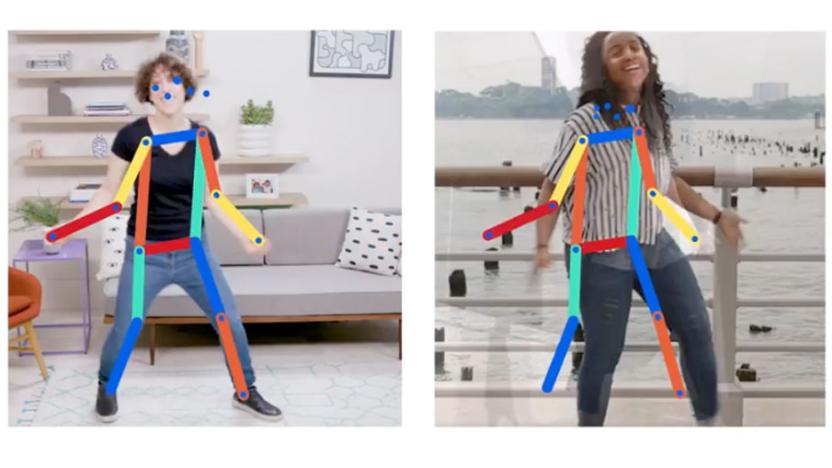
Google AI experiment compares poses to 80,000 images as you move
Google released a fun AI experiment today called Move Mirror that matches whatever pose you make to hundreds of images of others making that same pose. When you visit the Move Mirror website and allow it to access your computer's camera, it uses a computer vision model called PoseNet to detect your body and identify what positions your joints are in. It then compares your pose to more than 80,000 images and finds which ones best mirror your position. Move Mirror then shows you those images next to your own in real time and as you move around, the images you're matched to change. You can even make a GIF of your poses and your Move Mirror matches.
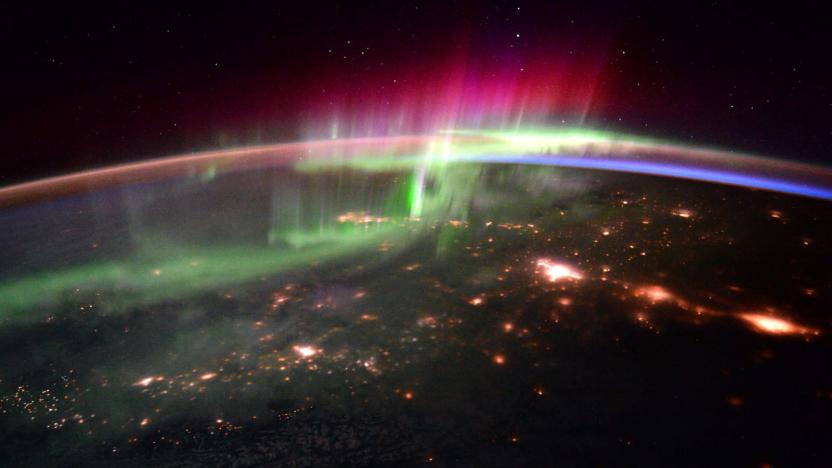
DARPA wants better forecasts for near-Earth orbit space missions
DARPA, the government's mad science wing, wants "weather" forecasts for outer space like we've got here on terra firma. The idea is that as we're increasingly launching satellites into low-Earth orbit -- not to mention prepping for commercial spaceflight -- we'll need the ability to predict smaller space weather events as well as big ones.
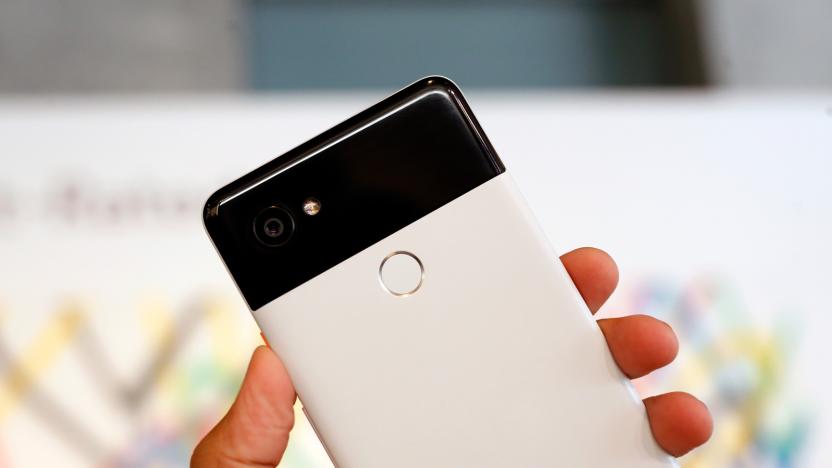
Google's Pixel 2 portrait photo code is now open source (update: not quite)
Of all the AI-related features inside the Pixel 2 and Pixel 2 XL, the portrait mode is arguably the most impressive -- Google manages to produce dramatic-looking depth-of-field effects without relying on dual cameras or other exotic hardware. And now, it's sharing some of those secrets with the rest of the world. The company has opened up the source code for DeepLab-v3+, an AI-based image segmentation technology similar to that which helps Pixel 2 phones separate the foreground and background. It uses a neural network to detect the outlines of foreground objects, helping to classify the objects you care about in a scene while ignoring those you don't.

Google is helping US military train AI to study drone footage
The US military's Project Maven is getting some help using AI to interpret drone footage from a not-entirely-unexpected source: Google. The company has confirmed a Gizmodo report that it's offering TensorFlow programming kits to the Defense Department as part of a pilot that helps Project Maven process the glut of drone footage quickly. Google stresses that the machine learning technology is involved in "non-offensive uses only," and that it's flagging material for "human review." This isn't helping with drone strikes, then, but it has still raised concerns inside Google's ranks.

LG puts Google Assistant in its own touchscreen-equipped speaker
Google Assistant's fingerprints are all over the CES 2018 show floor, but it's especially easy to see on a few new Android Things-powered devices. This LG ThinQ Google Assistant Touch Screen Speaker is one of them, and like Lenovo's Smart Display, it's built on a Qualcomm Home Hub Platform.
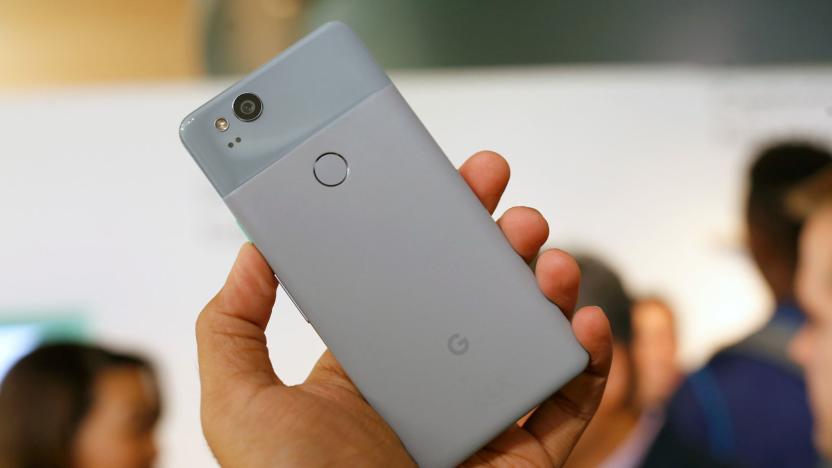
Android 8.1 preview unlocks your Pixel 2 camera's AI potential
Remember how Google said the Pixel 2 and Pixel 2 XL both have a custom imaging chip that's just laying idle? Well, you can finally use it... in a manner of speaking. Google has released its first Developer Preview for Android 8.1, and the highlight is arguably Pixel Visual Core support for third-party apps. Companies will have to write support into their apps before you notice the difference, but this should bring the Pixel 2 line's HDR+ photography to any app, not just Google's own camera software. You might not have to jump between apps just to get the best possible picture quality when you're sharing photos through your favorite social service.

Google hires a legendary Apple engineer to tackle AI
Legendary programmer Chris Lattner has had a roller coaster of a year. He left Apple (where he developed the Swift programming language) to help build Tesla's Autopilot technology, only to leave months later after realizing that he wasn't a good fit. However, Lattner might be settling down. He just announced that he's joining Google (namely, the Brain team) to make AI "accessible to everyone." While Lattner doesn't specify exactly what he'll be doing, Bloomberg sources say he'll be working on the TensorFlow language Google uses to simplify AI programming.
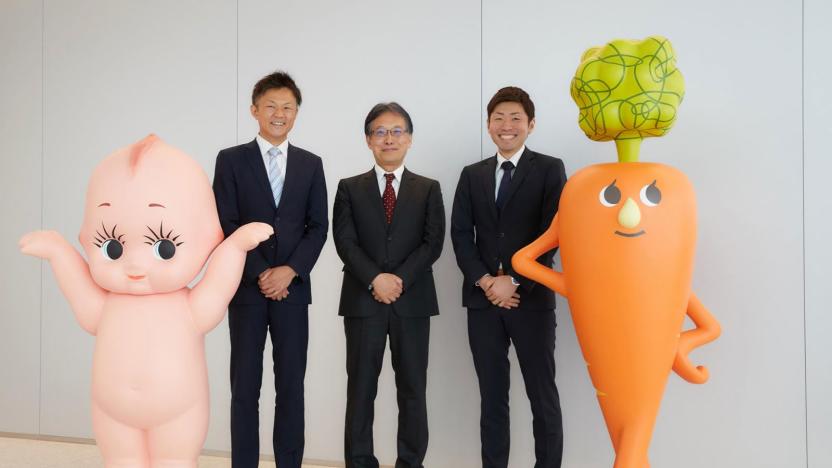
Google AI could keep baby food safe
Google's artificial intelligence technology can help the food industry beyond picking better cucumbers. In one company's case, it could prevent your child from getting sick. Japanese food producer Kewpie Corporation has revealed that it's using Google's TensorFlow to quickly inspect ingredients, including the diced potatoes it uses in baby food. The firm and its partner BrainPad trained the machine learning system to recognize good ingredients by feeding it 18,000 photos, and set it to work looking for visual 'anomalies' that hint at sub-par potatoes. The result was an inspection system with "near-perfect" accuracy, culling more defective ingredients than humans alone -- even with a conveyor belt shuttling potatoes along at high speed.

Google can turn an ordinary PC into a deep learning machine
Time is one of the biggest obstacles to the adoption of deep learning. It can take days to train one of these systems even if you have massive computing power at your disposal -- on more modest hardware, it can take weeks. Google might just fix that. It's releasing an open source tool, Tensor2Tensor, that can quickly train deep learning systems using TensorFlow. In the case of its best training model, you can achieve previously cutting-edge results in one day using a single GPU. In other words, a relatively ordinary PC can achieve results that previously required supercomputer-level machinery.
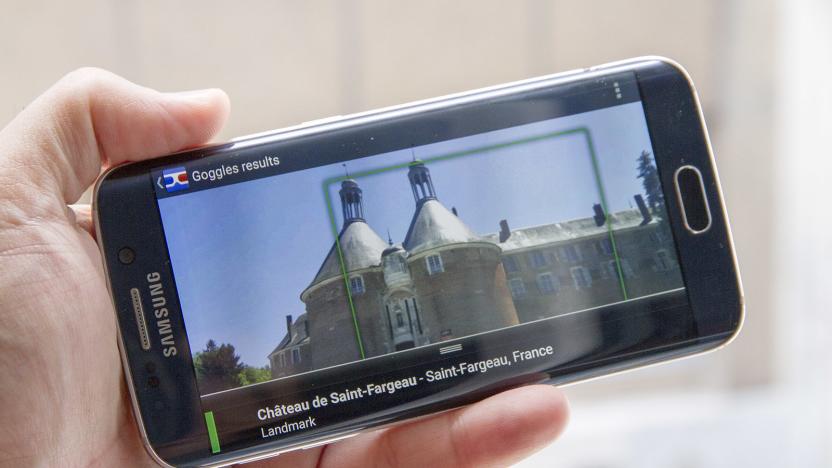
Google wants to speed up image recognition in mobile apps
Cloud-based AI is so last year, because now the major push from companies like chip-designer ARM, Facebook and Apple is to fit deep learning onto your smartphone. Google wants to spread the deep learning to more developers, so it has unveiled a mobile AI vision model called MobileNets. The idea is to enable low-powered image recognition that's already trained, so that developers can add imaging features without using slow, data-hungry and potentially intrusive cloud computing.

At I/O 2017, Google doubled down on a future built on AI
A few years ago, when a cadre of dudes jumped out of a zeppelin wearing Google Glass, nearly everyone watching had a "holy shit" moment. Company execs had just run through a slew of big, consumer-facing announcements, and then Sergey Brin threw the presentation to a live video streamed by people hurtling through the air. In that moment, Google wasn't just a terribly smart company — it was a terribly cool one, too. Fast forward a few years, and I/O now seems a little subdued. Apart from the crowd clamoring to see LCD Soundsystem run through a set, the energy in the air seemed calmer than before. Last year's fun, open-air demo areas were gone too, replaced mostly by air-conditioned domes after attendees last year complained about the heat.

This is what AI sees and hears when it watches 'The Joy of Painting'
Computers don't dream of electric sheep, they imagine the dulcet tones of legendary public access painter, Bob Ross. Bay Area artist and engineer Alexander Reben has produced an incredible feat of machine learning in honor of the late Ross, creating a mashup video that applies Deep Dream-like algorithms to both the video and audio tracks. The result is an utterly surreal experience that will leave you pinching yourself.

Play a piano duet with Google's AI partner
When Google tries to educate public about its AI research, it often releases tools that playfully explain the grittier, technical corners of artificial intelligence. Like, say, neural network software that looks at objects through your device's camera and spits rhymes about everyday objects. But they also launch fun tools, like AI Duet, an interactive web-based app that accompanies your piano plinking.
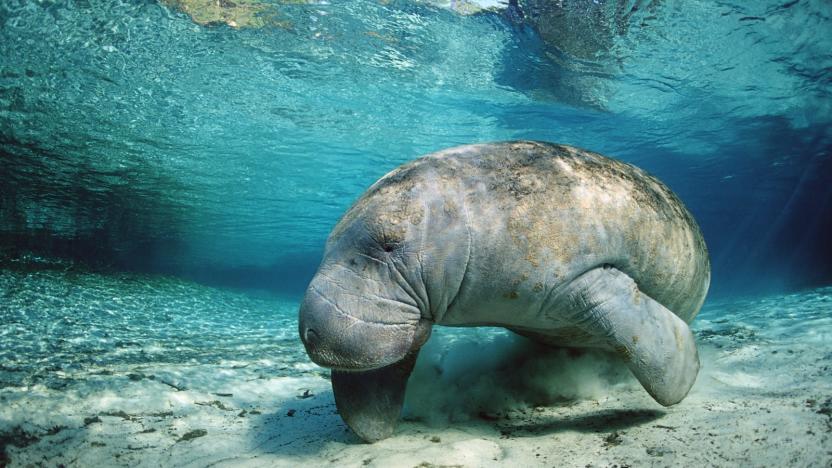
Google machine learning can protect endangered sea cows
It's one thing to track endangered animals on land, but it's another to follow them when they're in the water. How do you spot individual critters when all you have are large-scale aerial photos? Google might just help. Queensland University researchers have used Google's TensorFlow machine learning to create a detector that automatically spots sea cows in ocean images. Instead of making people spend ages coming through tens of thousands of photos, the team just has to feed photos through an image recognition system that knows to look for the cows' telltale body shapes.

Google's arty filters one-up Prisma by mixing various styles
Basic filters are soooo last year, and Google knows it. It's all about turning your mundane pet photos into works of art now, spearheaded by popular mobile app Prisma. Since it launched earlier this year, Prisma's added an offline mode and video support (albeit after a me-too competitor), but just a few days ago Facebook revealed it's also working on style transfer tech for live video -- though Prisma says it's going to beat the social network to the punch in a matter of days. Now, Google has revealed it's going one better, detailing a system that can mix and match multiple art styles to create photo and video filters that are altogether unique.

Google's Project Muze creates unwearable fashion pieces
Google shouldn't enter the fashion business any time soon, if the partnership between Berlin-based Zalando and Google is any indication.

Google AI builds a better cucumber farm
Artificial intelligence technology doesn't just have to solve grand challenges. Sometimes, it can tackle decidedly everyday problems -- like, say, improving a cucumber farm. Makoto Koike has built a cucumber sorter that uses Google's TensorFlow machine learning technology to save his farmer parents a lot of work. The system uses a camera-equipped Raspberry Pi 3 to snap photos of the veggies and send the shots to a small TensorFlow neural network, where they're identified as cucumbers. After that, it sends images to a larger network on a Linux server to classify the cucumbers by attributes like color, shape and size. An Arduino Micro uses that info to control the actual sorting, while a Windows PC trains the neural network with images.










